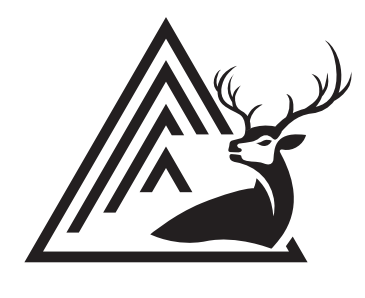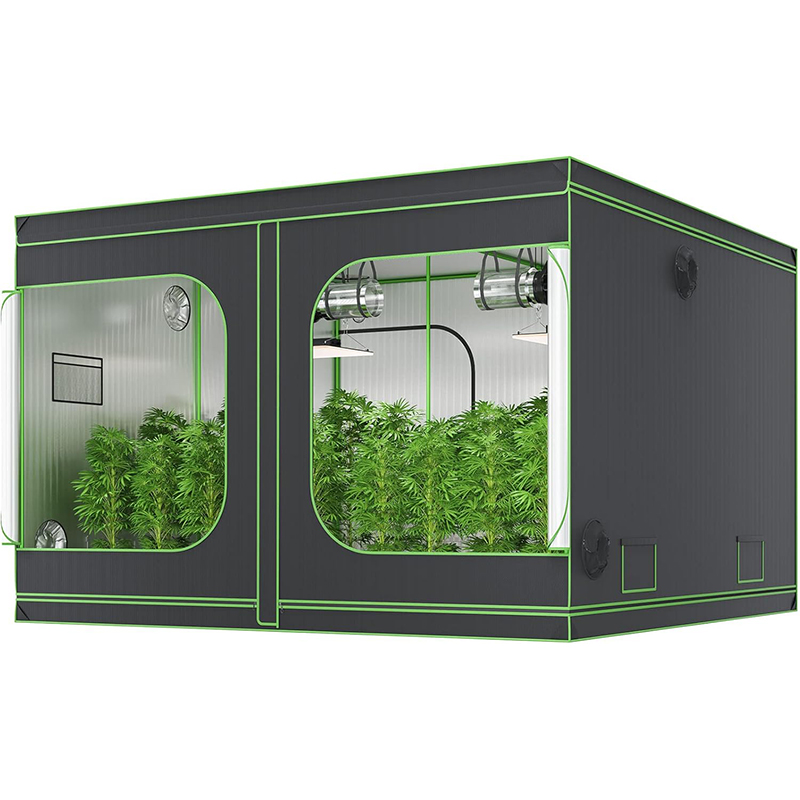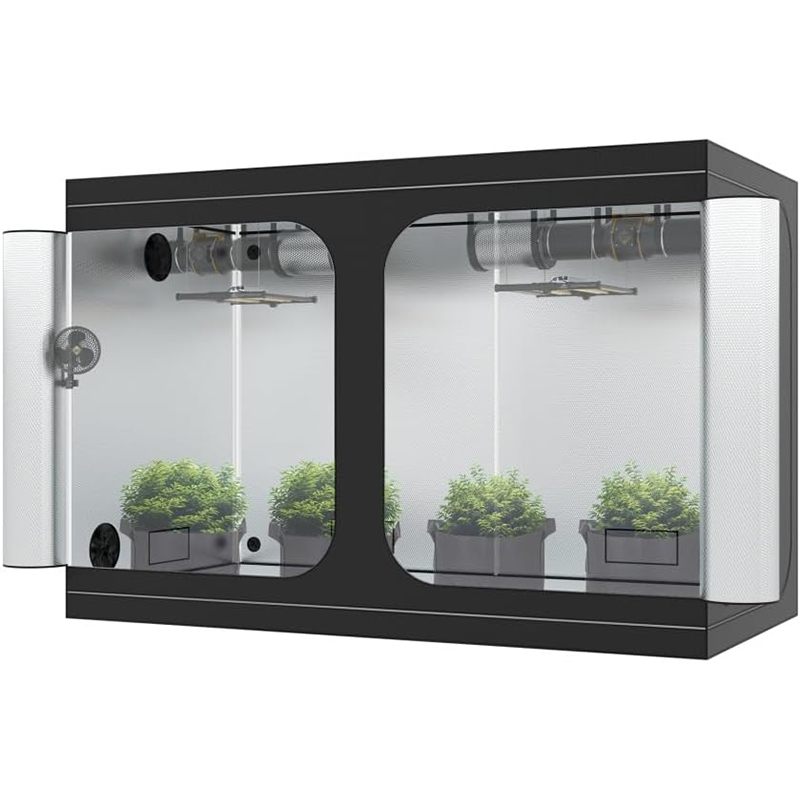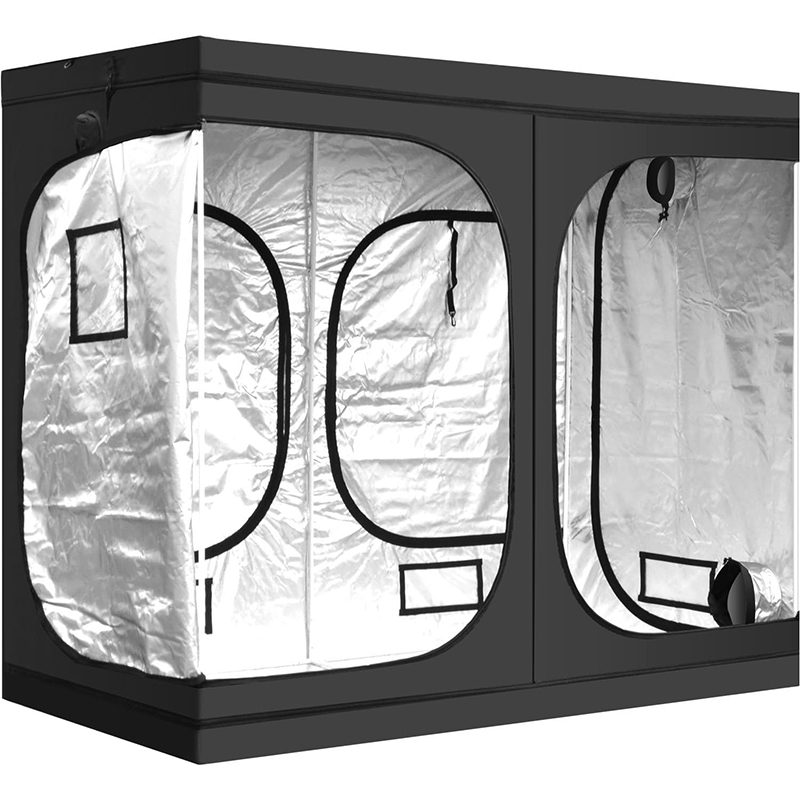What is a 3D Printer Enclosure?A 3D printer enclosure is a protective cover that surrounds your 3D printer, providing a controlled environment for your prints. It helps to regulate temperature, reduce noise, and contain any potentially harmful fumes or particles that may be emitted during the printing process.
Why should I use a 3D Printer Enclosure?A 3D printer enclosure offers numerous benefits, including improved print quality by maintaining a consistent temperature and environment, enhanced print performance by minimizing external factors like drafts and dust, reduced noise and odor, improved safety by containing potential hazards, and protection from external elements that can negatively impact your prints.
Does an enclosure increase print quality?Yes, an enclosure can significantly increase print quality, especially for materials like ABS that are prone to warping. By maintaining a stable environment, the enclosure prevents warping, cracking, and other printing issues that can occur due to temperature fluctuations.
Is an enclosure necessary for ABS printing?While not strictly necessary, an enclosure is highly beneficial for ABS printing as it helps to reduce warping by trapping the hot air generated by the 3D printer, thus maintaining a higher ambient temperature around the print.
Do enclosures protect you from harmful fumes?Yes, an enclosure protects you from the direct effect of harmful fumes emitted during the printing process. It contains these fumes, and you can vent them outside through an open window when the print finishes, making the printing area more comfortable and safe.
How do enclosures help with temperature control?For materials requiring higher temperatures, incorporating a heater into your enclosure can be beneficial. Thermostatic controls and sensors can be used to precisely regulate the temperature within the enclosure, ensuring it remains within the optimal range for the filament being used.
What materials should I choose for my enclosure?Understanding material properties is crucial when choosing materials for your enclosure. Popular options include materials that are durable, effective at insulation, and compatible with ventilation needs. Fire safety is also a consideration, as well as the balance between cost and quality.
Can I build my own 3D Printer Enclosure?Yes, you can build your own 3D printer enclosure following step-by-step guidance that includes planning and design, material selection, construction, ventilation and temperature control, lighting and accessibility, additional features, testing and refinement, and comparing DIY vs. pre-made enclosures.
How can I customize and upgrade my 3D Printer Enclosure?Customizations can range from adding advanced temperature control systems, integrating filament dryers, enhancing lighting and visibility, incorporating monitoring systems, soundproofing for noise reduction, ventilation upgrades, improving access and ergonomics, focusing on aesthetics and personalization, and upgrading safety features.
What are the safety considerations when using a 3D Printer Enclosure?Safety considerations include managing fume risks, effective ventilation solutions, fire safety precautions, using fire-resistant materials, installing safety devices, ensuring electrical safety, regular maintenance and inspections, and emergency preparedness.



